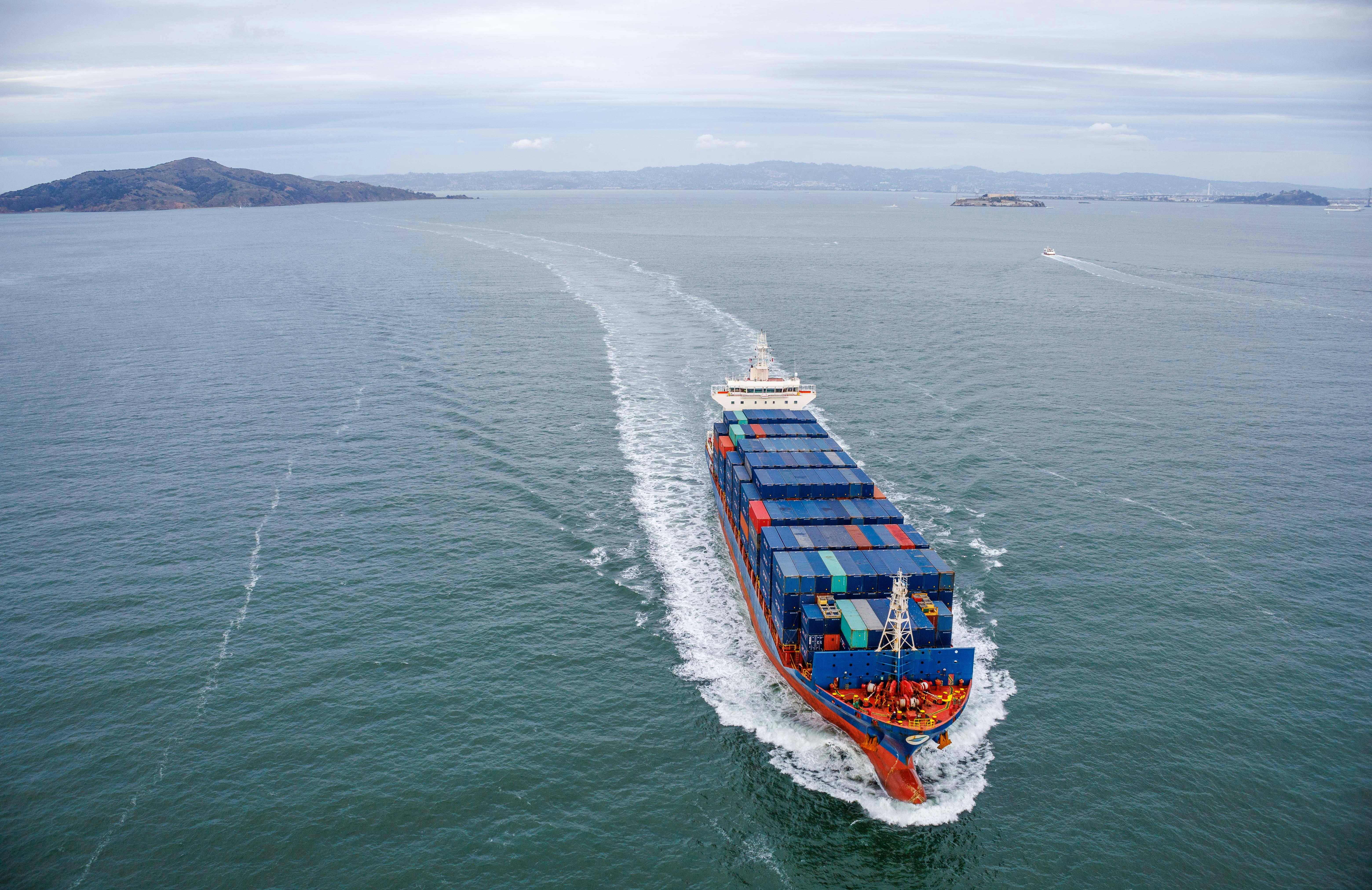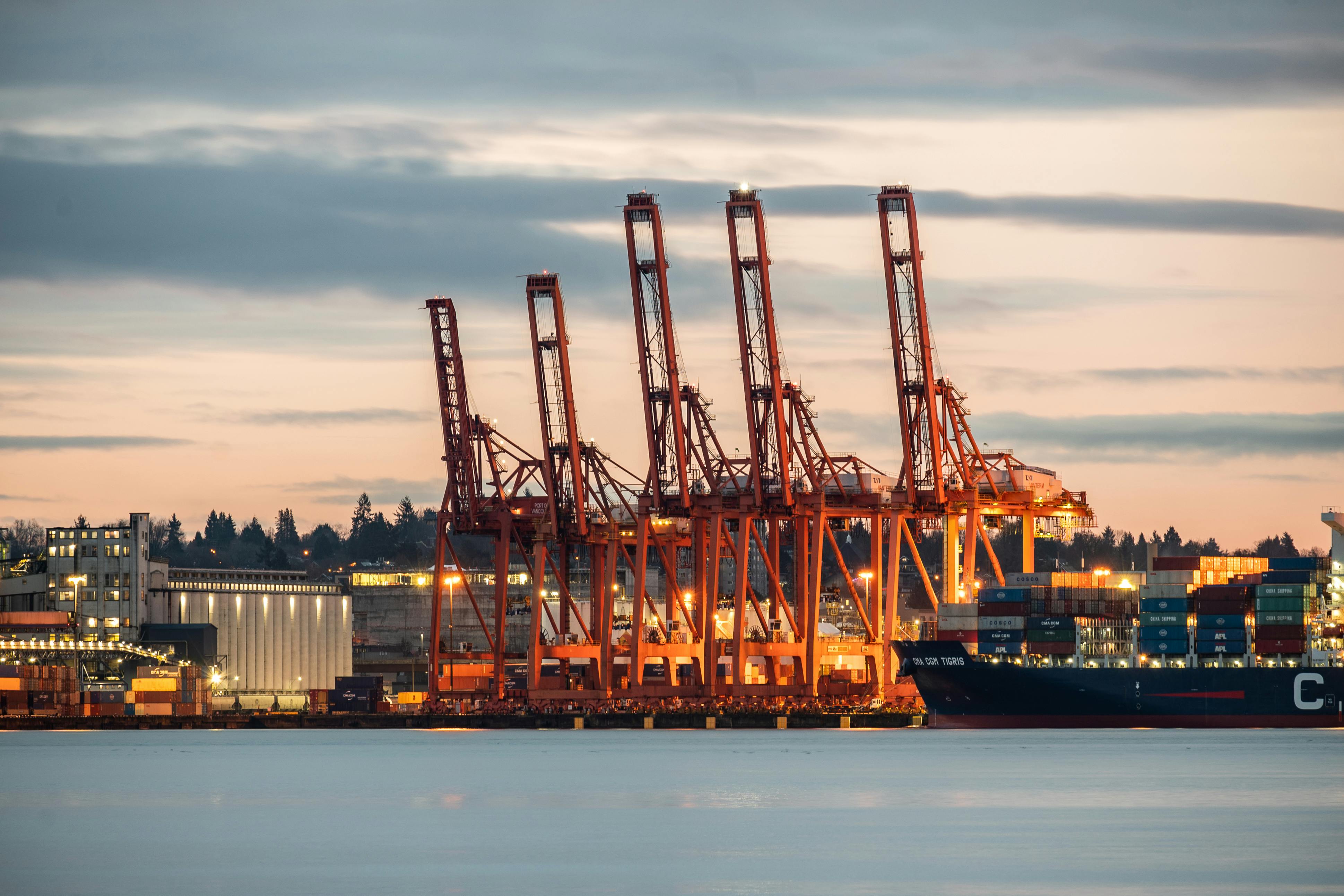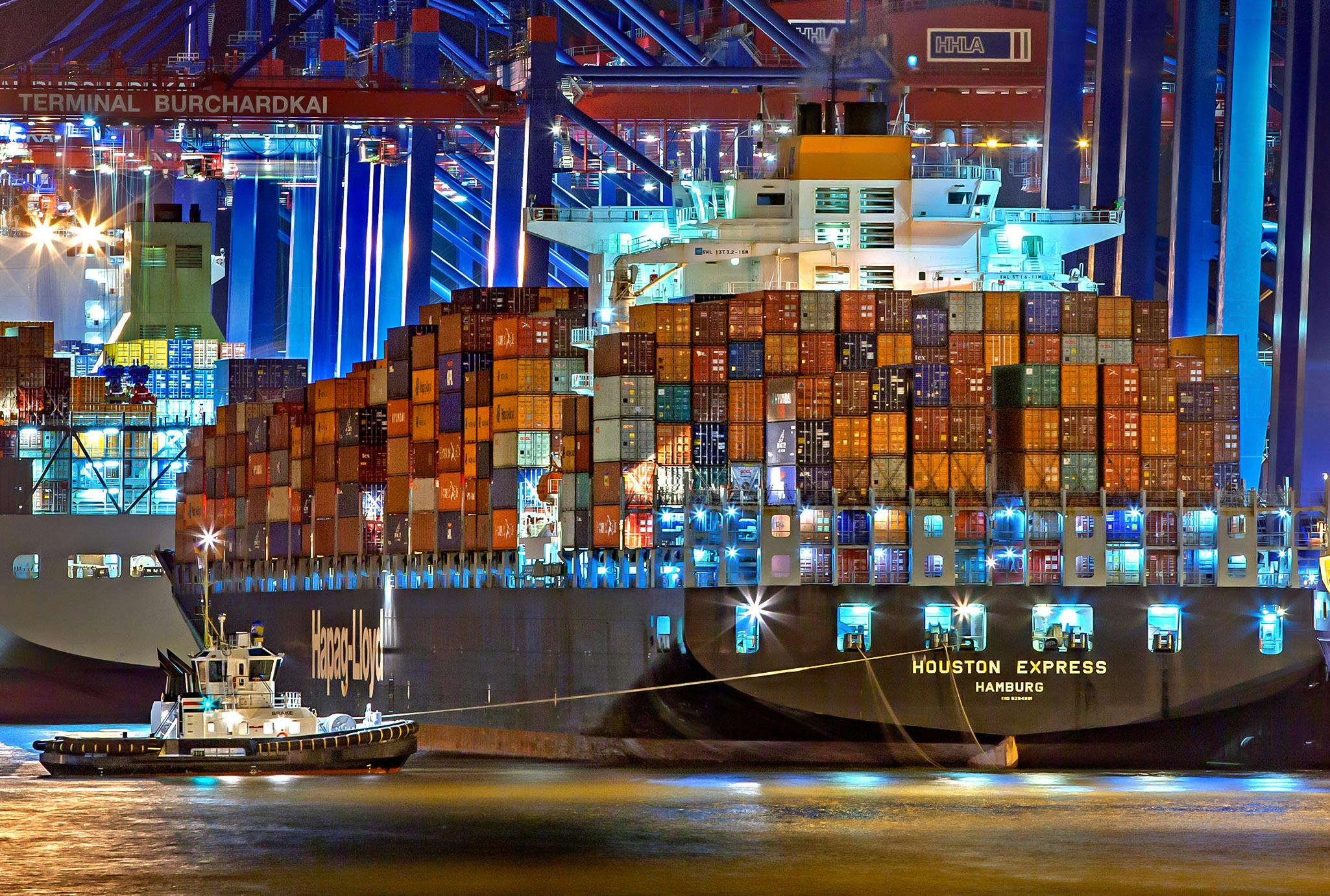The Logistics Landscape: Balancing Ocean vs. Air Freight in a Complex World
Navigating the Seas and Skies: Smart Strategies for Modern Shipping

March 27, 2025
Shipping goods around the world has never been simple, but today it's more complicated than ever. Companies now need to think carefully about how they move their products—by sea or by air—based on many different factors. Let's explore how businesses make these important decisions.
Current State of Global Freight Markets
Market Cycles and Persistent Challenges
Shipping rates go up and down like waves—sometimes they're high, sometimes they're low. These changes happen because of supply and demand: when there are too many ships and not enough cargo, prices drop. When cargo volumes increase but ship space is limited, prices rise.
Smart companies understand these patterns and plan around them instead of being surprised when rates change.
Impact of Trade Policy on Shipping Decisions
When governments change trade rules or add new tariffs (taxes on imported goods), it affects how companies ship their products. For example, if the U.S. adds a 10% tariff on goods from China, companies might:
Rush to bring in products before the tariff starts
Look for factories in other countries
Change how they ship to save money elsewhere
These decisions ripple through the entire supply chain, affecting everything from warehouse space to delivery times.
Ocean Freight Fundamentals
Capacity Management and Rate Dynamics
Ocean shipping companies constantly adjust how many ships they operate based on market conditions. When demand is high, they add more vessels. When demand drops, they might skip some scheduled sailings (called "blank sailings") or retire older ships.
Understanding these tactics helps businesses predict when shipping might get more expensive or harder to book.
Premium Ocean Services: Value-Added Options
Most shipping companies now offer "premium" ocean services that cost more than regular shipping but less than air freight. These services might include:
Faster transit times
Priority unloading at ports
Guaranteed equipment availability
These options give businesses a middle ground when regular ocean shipping is too slow but air freight is too expensive.
Environmental Considerations in Modal Choice
Ocean shipping produces much less pollution per container than air freight. For companies trying to reduce their carbon footprint, this is a big advantage of ocean shipping.
As environmental regulations get stricter, this factor becomes increasingly important in shipping decisions.
Air Freight Fundamentals
Capacity and Rate Characteristics
Air freight works in two main ways:
Cargo space in the belly of passenger planes
Dedicated cargo planes that only carry freight
Air freight rates change quickly based on fuel prices, available space, and demand. While this makes planning harder, it also creates opportunities to ship at lower rates during certain times.
The Strategic Role of Air Freight in Supply Chain Design
Air shipping isn't just for emergencies anymore. Smart companies use it strategically for:
High-value products like electronics or luxury goods
Seasonal items that need to hit stores quickly
New product launches that must happen simultaneously worldwide
Items with unpredictable demand
Calculating the True Cost-Benefit of Air vs. Ocean
Air freight might cost 5-10 times more than ocean shipping, but there are hidden benefits that make it worth considering:
Products reach customers faster, meaning you get paid sooner
You need less warehouse space since products don't sit around as long
Insurance costs might be lower due to less handling and shorter transit times
You reduce the risk of running out of stock due to shipping delays
When you factor in all these benefits, air freight makes financial sense more often than you might think.
The Case for Modal Diversification
Risk Mitigation Through Multi-Modal Strategies
The most successful companies don't rely on just one shipping method. Instead, they use a mix:
Regular inventory moves by standard ocean shipping
Seasonal products might use premium ocean services
High-priority items travel by air
Emergency shipments go by express courier
This approach helps protect against problems in any single transportation mode.
E-commerce Influence on Fulfillment Expectations
Online shopping has changed customer expectations forever. People now expect fast delivery for everything—not just consumer products but also business supplies and components.
The old approach of shipping everything by sea in huge batches doesn't work for many products anymore. Companies need a mix of shipping methods to keep customers happy while managing costs.
Seasonal Planning and Modal Flexibility
Smart businesses adjust their shipping methods throughout the year. During busy seasons (like before holidays) when ocean shipping gets congested, they use more air freight. During slower periods, they shift back to ocean shipping to save money.
This flexibility requires good planning but results in better service and more controlled costs.
Technology Transforming Freight Decisions
Data Analytics for Optimal Modal Selection
Leading companies use data to decide how to ship each product. They track:
How long shipments actually take (not just what carriers promise)
How often delays happen at certain ports or airports
How reliably customs clearance works in different countries
How consistently last-mile delivery performs
This information helps them decide exactly which products should travel by air and which can go by sea.
Visibility Tools and Real-Time Decision Making
New technology gives companies a complete view of where their products are at all times. This means they can make changes on the fly when problems occur.
For example, if an ocean shipment gets delayed, they can identify the most important items and have them flown from the next port instead of waiting for the ship to arrive.
Automated Routing and Mode Selection Systems
Modern shipping software can automatically recommend the best way to ship each product based on its characteristics, how urgently it's needed, and current market conditions. These systems often find opportunities to save money or improve service that people might miss.
Regional Considerations
Major Trade Lanes and Routing Strategies
Different shipping routes around the world have their own unique characteristics. For example, shipping from Asia to North America works differently than shipping from Europe to South America.
As manufacturing spreads to more countries, companies need specific shipping strategies for each location, considering the available ports, airports, and transportation options.
Emerging Markets and Modal Infrastructure Development
Developing countries are building new transportation infrastructure that creates more shipping options. New rail connections between Asia and Europe offer a middle option between slow ocean freight and expensive air freight. New airports in previously underserved regions make air shipping possible where it wasn't before.
Companies benefit from regularly checking these developments to find better ways to move their products.
Future-Proofing Your Freight Strategy
Developing a Balanced Modal Portfolio
The most resilient companies maintain relationships with multiple shipping providers across different transportation modes. Rather than just choosing the cheapest option, they build a network that gives them options when problems arise.
A typical approach includes:
Main partnerships with ocean carriers for regular shipments
Relationships with additional ocean carriers for backup
Agreements with air freight providers
Accounts with express courier services for emergencies
Contractual Flexibility in Carrier Agreements
Modern shipping contracts are more flexible than in the past. Instead of locking in one rate for a year, many companies now use contracts that:
Adjust rates based on market conditions
Allow for changing shipment volumes without penalties
Include service quality standards
Provide options to switch shipping methods during disruptions
This flexibility helps companies adapt quickly to changing conditions.
Building Resilience Against Potential Disruptions
Forward-thinking companies constantly prepare for possible supply chain problems by:
Testing how their supply chain would handle different disruption scenarios
Identifying which products would need to switch to air freight during a crisis
Creating backup plans for their major shipping routes
Maintaining extra inventory of critical components and products
Conclusion: The Strategic Modal Balance
Choosing between ocean and air shipping isn't just about cost anymore. It's a strategic decision that balances speed, reliability, environmental impact, and risk management.
The most successful companies aren't those that always choose the cheapest shipping option. Instead, they're the ones with flexible, diverse approaches to transportation. They understand that different products, seasons, and market conditions require different shipping strategies.
While ocean shipping still moves most of the world's goods, air freight has become an essential part of a well-designed supply chain. The key question isn't whether to use air freight, but how to use it strategically alongside ocean shipping to create a reliable, efficient logistics operation.








